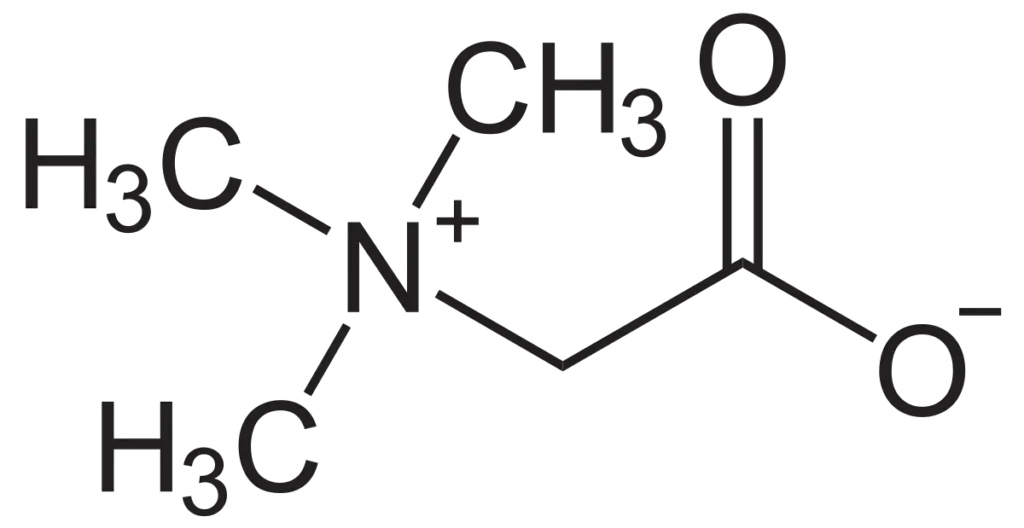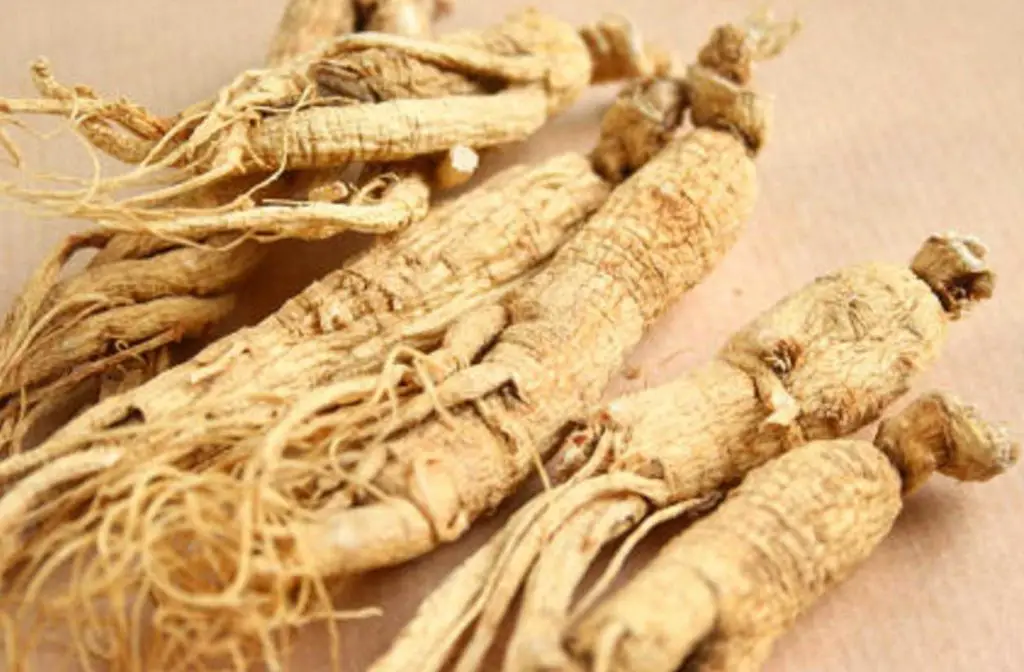What is Trimethylglycine (TMG)?
Trimethylglycine, or TMG, is simply a form of the amino acid glycine. Any amateur chemist can tell you that it has three methyl groups attached to it. In the supplement industry, TMG is more commonly referred to as Betaine.
It is often simply referred to as Betaine because trimethylglycine was the first dietary Betaine discovered, via Beet Root. Although the terms “TMG” and “Betaine” are used interchangeably, TMG is just one of an entire category of Betaine molecules and the term “glycine betaine” is actually a more descriptive distinguisher.

To develop the supplemental form, the act of processing sucrose (sugar) from sugar beets yields glycine betaine as a byproduct. However, in our bodies TMG is obtained by the oxidation of choline. This means in addition to beets, many choline-containing foods, like spinach, quinoa, eggs, liver, and shellfish allow for increased TMG levels within the body.
Once inside the body, TMG has two main functions. The first is that of an “osmolyte.” This means it plays a crucial role in cellular osmosis, or maintaining cellular volume and fluid balance. Its osmolytic role is similar to that of creatine, and means that higher cellular concentrations of TMG can help preserve the integrity of the cell structure and make it more resilient to stress.
The osmolytic properties of TMG can be of particular benefit to those on a ketogenic, or very-low-carb, diet. As an individual lowers their carbohydrate levels, their body begins to expel water rapidly. This affects the electrolyte balance in the body and is one reason why keto followers should supplement with additional magnesium, potassium, and sodium. Keeping TMG in your supplement stock can assist in your hydration attempts, as well.
The second function TMG performs in the body is that of a methyl group donor in both creatine synthesis, as well as homocysteine converting to methionine. Some studies have shown TMG to lower plasma levels of homocysteine. It apparently does so by reducing homocysteine into L-methionine or by increasing levels of S-Adenosyl Methionine (aka SAMe) and folate.
By increasing SAMe and folate levels, TMG is able to indirectly support whole-body methylation. This may be particularly important as elevated homocysteine levels are known to lead to blood vessel inflammation and possibly heart disease, which is obviously not a desirable trait.
Trimethylglycine (TMG) Benefits and Uses
Bodybuilding, Endurance and Muscular Growth
TMG has come into the limelight as a possible performance-enhancing compound. Some studies show that a dose of 1.25g, taken twice daily, has been shown to increase power output, as well as supply minor increases in workout volume and endurance. Recent studies have shown the following:
- Weight-trained athletes increased muscle strength and power.
- Supplementation increased markers of protein synthesis vs placebo.
- Enhanced endurance: more bench press reps, prolonged sprint capacity, and more cycling power.
- Increased GH and IGF-1 levels, with decreased cortisol.
- Increased muscle mass, arm size, and lowered belly fat.
Did you know? TMG is a great performance enhancing supplement. Get it -> here
— MedicinalHerbals (@MedicinalHerbal) April 14, 2017

Liver Health
TMG might have protective effects on the liver as it has shown to impede fatty liver deposits in animal studies. Fatty liver generally happens in people who have diabetes, obesity and drink excessive amounts of alcohol. Therefore people that have those issues might want to look into TMG as a supplement.
Autism
People with Autism generally have a few bio-markers that are impaired, generally they are methyalation, gluathione, and oxidative stress. TMG combined with folinic acid and vitamin methyl-B12 have showed positive results on those bio-markers. Thus TMG might be a promising supplement with Autism, although some other studies have disagreed with this.
Depression
In a very limited study (46 People) TMG combined with SAM-e showed minor effects on people with mild to moderate depression who didn’t respond to traditional therapy.
Prevent Blood Clots and Atherosclerosis
High levels of homocysteine is associated with blood clots and hardening of the arteries. TMG has shown to regulate homocysteine levels. Supplementing with 6g/day of TMG lowers homiocysteine levels by 5% to 20%.

Trimethylglycine (TMG) Dosage
Recommended Dosage: A standardized dose would be in the 2.5-6g range, two times daily. It does not appear that food needs to be present for proper absorption. This is the proper range to reduce homocysteine levels. It also seems to be the range where performance benefits were noted, but have yet to be replicated.
Homocysteine Dosage: For those interested, taking TMG daily at levels of 3g or higher has shown to effectively and reliably reduce homocysteine levels by as little as 10% in those with normal levels and up to 20-40% in those with elevated levels.
Dosage for Liver Dosage: Betaine may have a role in treating fatty liver disease. Although more research is needed, preliminary evidence shows that high doses (20g daily) may prove successful in the future.
Dosage with Choline: levels of TMG in the blood are similar when obtained through 1g of betaine and 1g of choline. Taking choline is scientifically-proven to provide other nervous system benefits during workouts, and is currently more affordable.
Lowest active dose: The lowest active dose for TMG to be of any use is 500mg taken periodically throughout the day,. Eating foods like quinoa (630), spinach (577) wheat bran (360) and beet root (256) will supply a good amount of TMG (#’s = TMG mg/100g of food item).

Trimethylglycine (TMG) Side Effects & Safety
Taking high dosages of TMG can possibly cause fishy odors on the breath or in sweat and urine. However, if you feel the need to supplement with TMG and notice the fishy smell, supplementing with riboflavin at 100mg twice a day may get rid of the smell. Another minor side effect that TMG can cause is heart burn.
Should I take TMG?
I would say, yes, while the evidence is somewhat lacking for its supposed performance-boosting properties, its osmolytic and methylation benefits still make TMG a viable product. The simple act of ensuring our cells are properly hydrated helps to protect them from unnecessary trauma or degradation. Perhaps this is where the performance-enhancing effects have been noted. I would say TMG is a a certain addition to any full-force supplement routine, especially for those following Ketogenic or VLC diets.
References:
https://www.ncbi.nlm.nih.gov/pmc/articles/PMC4303396/
https://www.ncbi.nlm.nih.gov/pmc/articles/PMC3135510/
https://www.ncbi.nlm.nih.gov/pmc/articles/PMC3475281/
https://www.ncbi.nlm.nih.gov/pmc/articles/PMC3610948/
https://www.ncbi.nlm.nih.gov/pmc/articles/PMC3844502/
https://www.ncbi.nlm.nih.gov/pubmed/26049458




